Coincidentally, the fall of Saigon 45 years ago this Thursday ended that conflict. But despite these milestones, in Vietnam many are focused on a very different marker: According to official figures, the country has recorded no new cases of domestic transmission of coronavirus in almost two weeks.
Despite its border with China, relatively low income, and population of 95 million, Vietnam is an outlier success story in the pandemic. It has 270 confirmed cases of the virus and no deaths. The country is beginning to lift the strict lockdown measures it began imposing in February, reopening restaurants and barber shops last week.
Vietnam has “basically put the pandemic under control,” Prime Minister Nguyen Xuan Phuc said Tuesday. But this effective control has yet to be greeted with the global plaudits that many other nations have received, perhaps because Vietnam does not fit neatly with other success stories.
This is not a country known for its technology, like South Korea and Taiwan, and it is not a small, easily controllable space like Hong Kong or Iceland. It doesn’t have the charismatic leadership of New Zealand’s Jacinda Ardern, Germany’s Angela Merkel or other female world leaders.
And it’s not liberal or democratic like other widely praised nations. Forty-five years after the war’s end, Vietnam remains a developing Communist nation, led by a coterie of middle-aged men.
So what explains Vietnam’s coronavirus success? Robyn Klingler-Vidra from King’s College London and Ba-Linh Tran of the University of Bath have identified three key tactics used widely by the government: temperature screening and testing, targeted lockdowns and constant communication.
Plenty of countries test, of course, and Vietnam’s raw number of tests administered is far less than many other nations: The United States has conducted more than 5 million tests, whereas Vietnam has conducted only 200,000. However, when you consider tests per confirmed case, Vietnam is an outlier.
Vietnam began testing early, ramping up domestic production of tests after the first cases of the coronavirus in the country were discovered in three travelers returning from Wuhan in January. It then undertook extensive contact tracing, with strict quarantine at government-run facilities for those suspected of having the virus.
The government has used text messaging and apps to communicate with citizens during the crisis, and the government publishes extensive amounts of data and information about the outbreak on the Health Ministry’s website, a surprising move in a country known for its extensive restrictions on media freedom.
Questions remain about whether data from an autocratic nation such as Vietnam is reliable, or if the lower level of tests overall mean there are missing cases, but some U.S. health experts have said they trust the figures. Vietnam was also hit by severe acute respiratory syndrome in 2003, but became internationally praised for being the first country to stop local transmission.
It’s possible that being an authoritarian state helped it understand the early days of the outbreak. Trien Vinh Le and Huy Quynh Nguyen of the University of Economics in Ho Chi Minh City argue in the Diplomat that Vietnam effectively learned from the mistakes of China’s too-secretive response to the outbreak.
Cybersecurity firm FireEye also claims that hackers linked to the Vietnamese government tried to access emails of China’s Ministry of Emergency Management and the government of Wuhan — an accusation that Vietnam’s Foreign Ministry denies.
Memories of the war linger in Vietnam and in the United States. Nguyen has compared Vietnam’s coronavirus fight to the “spring general offensive of 2020” — what veteran Vietnam watcher George Black calls an “obvious echo” of the Tet Offensive against the United States and its Vietnamese allies in 1968.
But the countries are no longer enemies; they normalized relations in 1995 and polls show that the United States is viewed favorably in Vietnam. If Vietnam is able to avoid a more destructive second wave of infections — no easy feat, to be sure — the country will probably grow closer to America.
In early April, President Trump thanked “our friends in Vietnam” for 450,000 made-in-Vietnam DuPont hazmat suits, part of a global wave of coronavirus diplomacy. Businesses were already moving to Vietnam to offset their reliance on China, a move the country hopes could be extended into an economic rebound.
This morning, 450,000 protective suits landed in Dallas, Texas. This was made possible because of the partnership of two great American companies—DuPont and FedEx—and our friends in Vietnam. Thank you! @DuPont_News @FedEx
The United States may want to turn to its old foe for advice, though it may not like what it hears: Vietnam’s success is largely linked to key decisions in the early part of this year, a period in which the United States was still in its phase of “magical thinking.”
That’s not time that the United States can get back, but the fight isn’t over for anyone. “We should not forget that we have only won individual battles, not the whole war,” Vietnam’s Deputy Prime Minister Vu Duc Dam said last week.
Source: The Washington Post





Leave a Reply